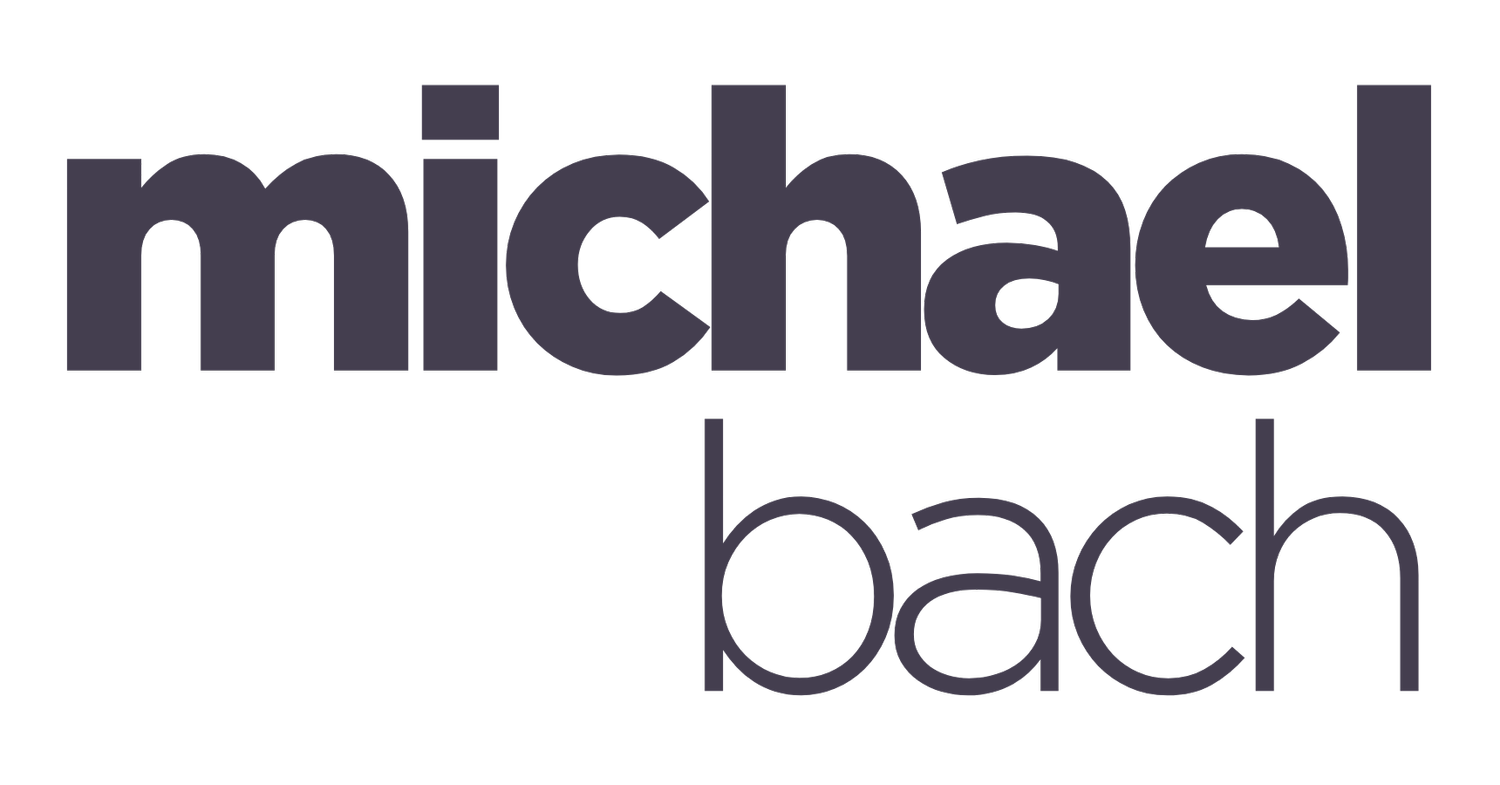Microaggressions in the Workplace
If the people in an organization are not committed to inclusion then the policy will not matter.
Have you ever witnessed or been the target of an experience involving a microagression in the workplace? If you are a member of a marginalized group, then your answer may be “yes,” and it probably happened more times that you can even recall. The term microaggression was defined in the 1970s by American psychologist Chester Pierce. He defined them as, “a statement, action, or incident regarded as an instance of indirect, subtle, or unintentional discrimination against members of a marginalized group such as a racial or ethnic minority.”
We see microaggressions in the workplace where, essentially, people take actions that have unintended (but sometimes intended) consequences. An example might be getting on a crowded elevator and saying hello to all the men, but not the one woman, even though you know her. Or saying to a person of color that they “speak English well,” regardless of the fact that it’s their primary language. Another form is suggesting that a member of the LGBTQ2+ communities does not “look gay.”
A 2019 survey about microaggressions in the workplace was conducted by raceAhead and the results were published in Fortune. The survey collected 4,274 employee responses and reported that, “More than a quarter of respondents (26 percent) have definitely experienced a microaggression at work, and another 22 percent are unsure. Thirty-six percent have witnessed one (with another 24 percent unsure).” This means that more than half of the respondents experienced and recognized the occurrences of microaggressions in the workplace.
These actions and comments can sometimes be subtle, and happen so quickly, that it does not allow time to process or repair the interaction for the people involved. The impact can be lasting and cause harm to an individual and their experience working with the business. Failure to address it affects the workplace culture and the retention of employees.
Creating an inclusive environment is everyone’s responsibility. Educating members of your organization and having an IDEA (inclusion, diversity, equity, accessibility) strategy in place is vital to providing a welcoming space. This sets the standard for employees and gives clear expectations for acceptable conduct.
What can organizations do to help create an inclusive environment as part of their IDEA plan?
Providing education and including training about the policies established through an IDEA strategy is a great start. However, education on microaggressions is not something you do on the first day of training. You need to take your people on a journey of learning to help them understand the bigger picture, so there is a general evolution to education on IDEA:
You start with the basics which include: what is IDEA and why it matters.
Then you move on to education that is topic-specific such as areas like LGBTQ2+ inclusion or different types of disabilities.
After that, you can start to get personal in the education about topics of unconscious bias and privilege, which is where microagressions are rooted.
If you start with microaggressions, you’ll get a lot of pushback from people that “don’t believe they would ever do something ‘like that.’” It takes an evolved person—and understanding of the bigger picture—to see their actions may be causing harm.
How can organizations work to create an environment that feels welcoming?
The truth is, organizations do not have the power to create welcoming environments. As a leader of an organization, you can create as many policies as you like, but if the people in an organization are not committed to inclusion then the policy will not matter. The policies are important because they create the expectations, but it’s the execution of those policies that matters.
What organizations can do is educate their people. They can…
make sure people understand what is in the policies, and what is expected of them.
help them understand how an inclusive environment benefits everyone.
help their people understand their role in creating an inclusive and welcoming workplace.
Ultimately education is the key, and it is a huge mistake to expect and/or assume that people already have the knowledge and understanding about issues related to things like microaggressions. Knowing how to effectively address these incidents is equally as important.
I prefer teaching the practice of “calling in” someone rather than “calling out” the person when an incident occurs as it far more effective in engaging a person in a conversation of learning.
Simple put: when you call someone out, they go into defensive mode. They will start to feel attacked and embarrassed, and will not listen to what you have to say. It’s a natural instinct. It takes a very evolved person not to become defensive when they are called out. For example, if you’re in a meeting and someone refers to another person by the incorrect pronouns. Calling them out would be to point out, in the moment, that they used the wrong pronouns and asking them to apologize.
Calling someone in, instead creates a learning opportunity where the perpetrator is not embarrassed, ashamed, or shamed for their actions. It gives them the opportunity to consider what they did or said, and learn. Using the same example about gender pronouns, calling the person in would mean taking them aside after the meeting, pointing out their mistake, and helping them to understand the importance of using a person’s correct pronouns. Calling them in is far more effective than calling them out.
Microagressions come from our unconscious bias about a marginalized group and a lack of awareness of one's own privilege. These occurrences happen on a daily basis and contribute to an unwelcoming workplace environment where employees do not feel included. Providing proper training and education helps to hold employees accountable for their actions and to create a more inclusive environment.
